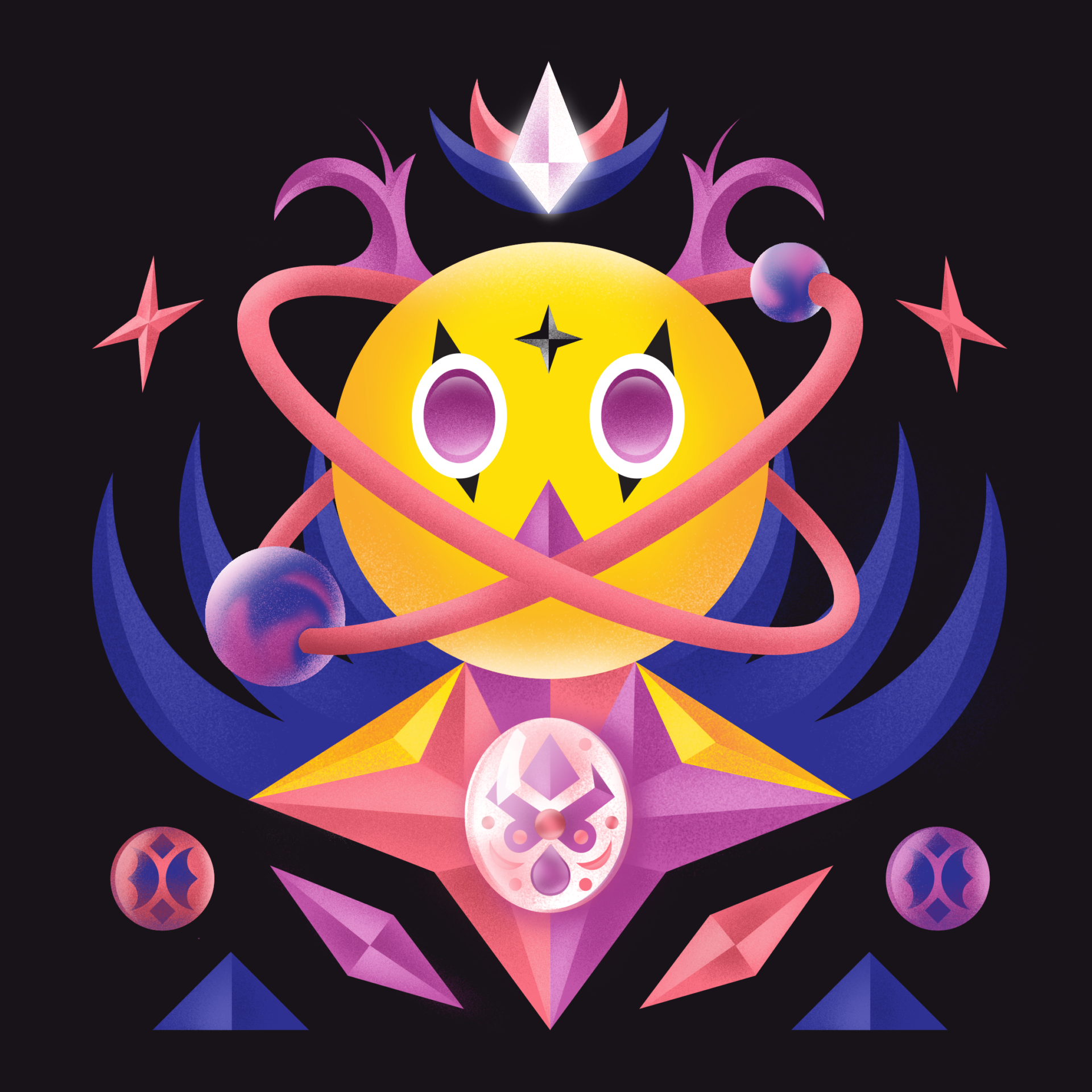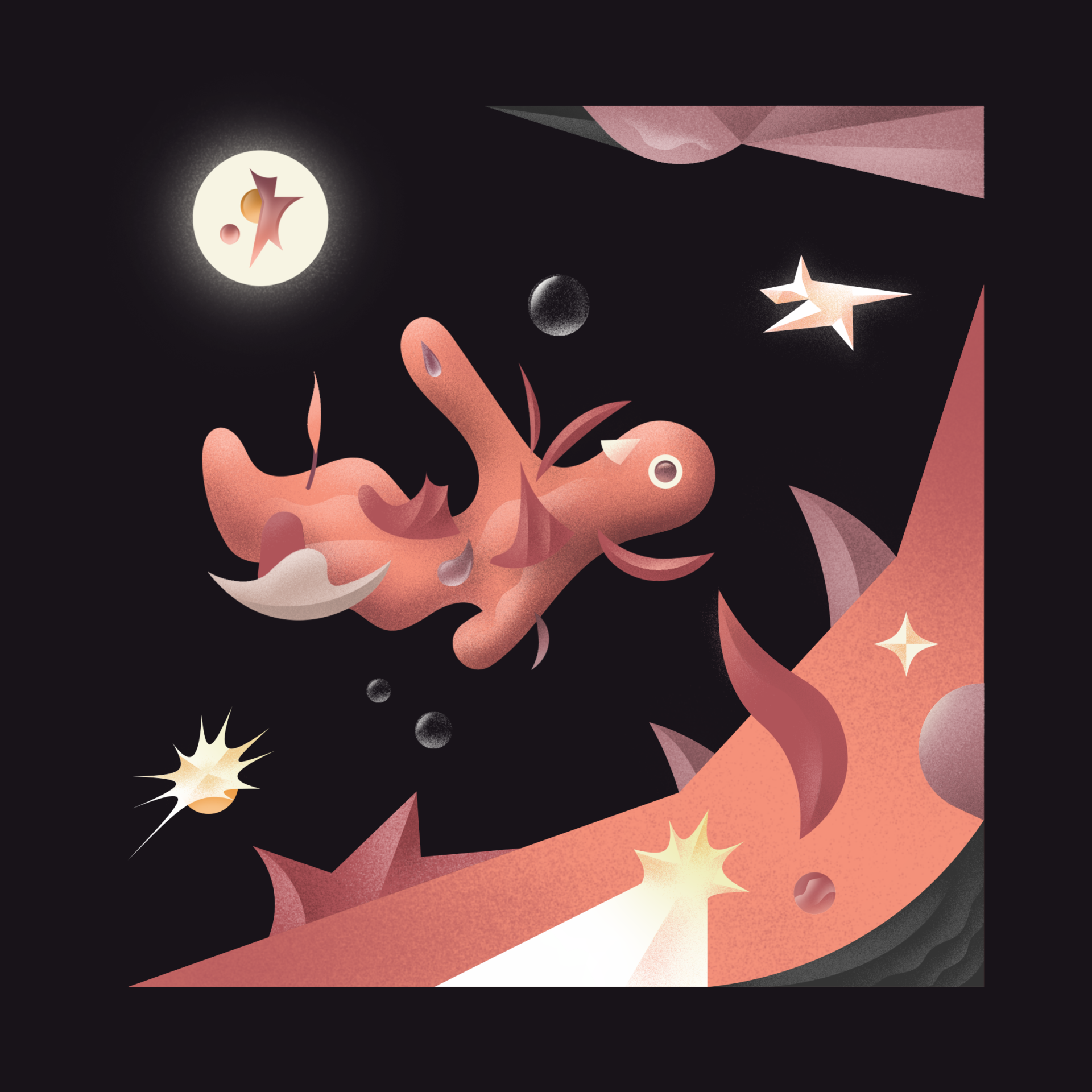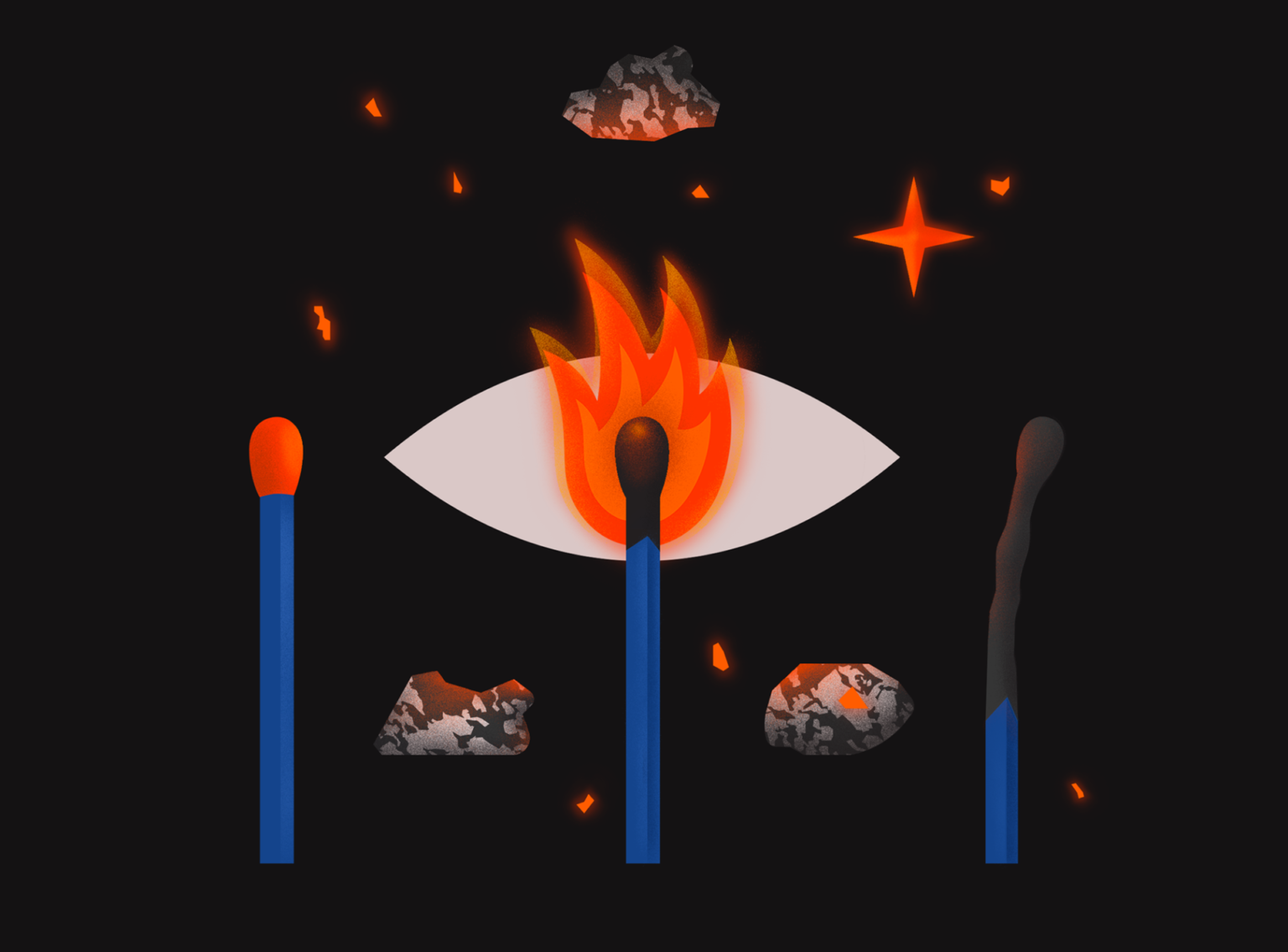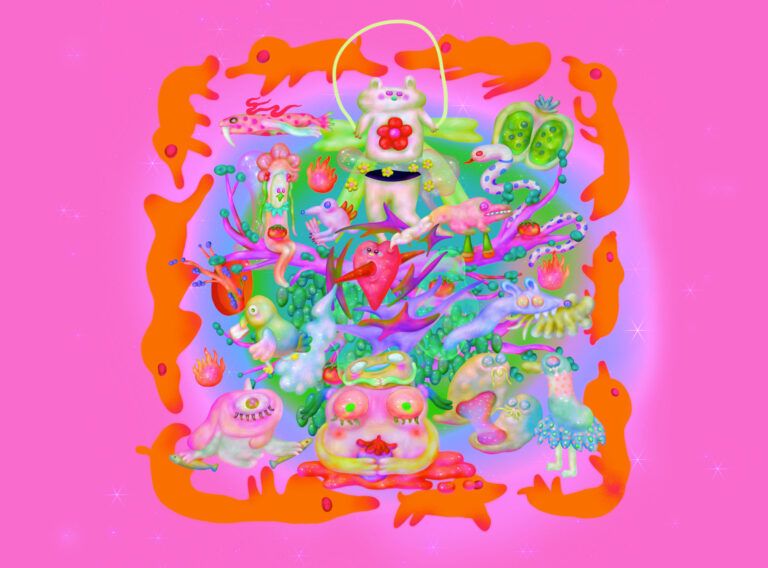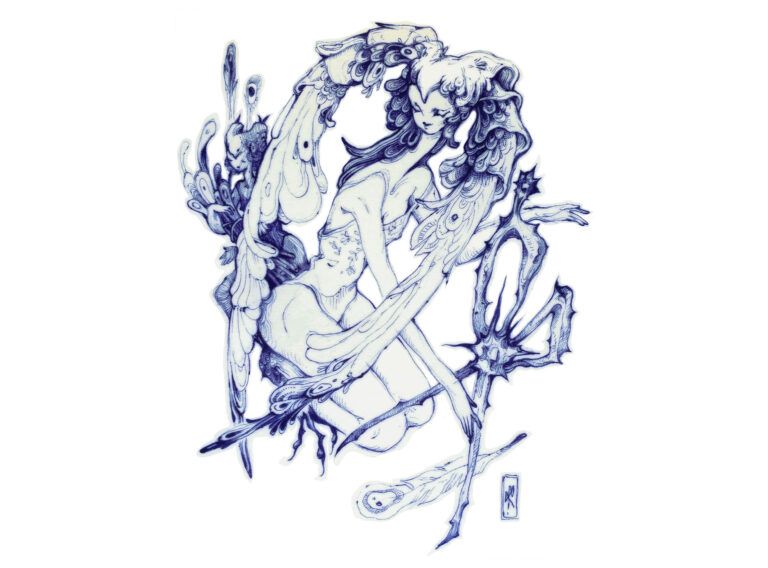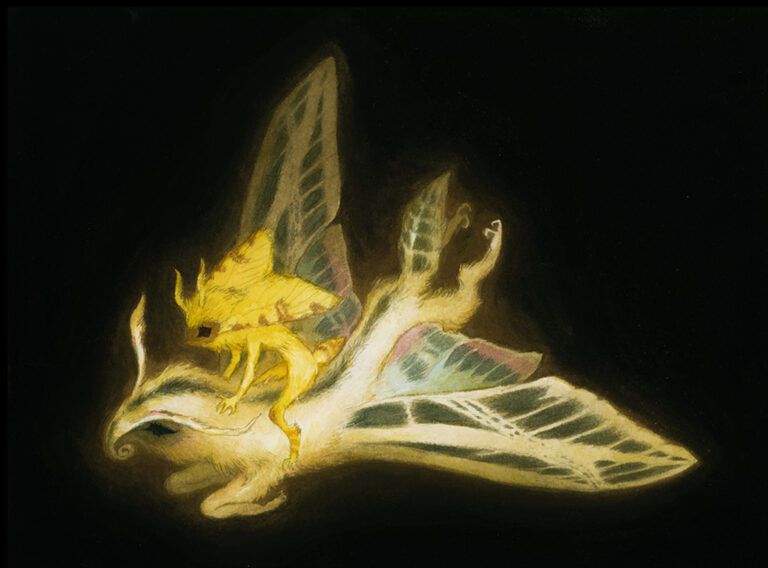WORDS BY THE AUTHOR / In my free time, I do a lot of scribbling and later turn those scribbles into digital artwork. I enjoy drawing by hand and analyzing my thoughts and ideas through sketchbooks, and refining and adjusting them in my computer afterwards.
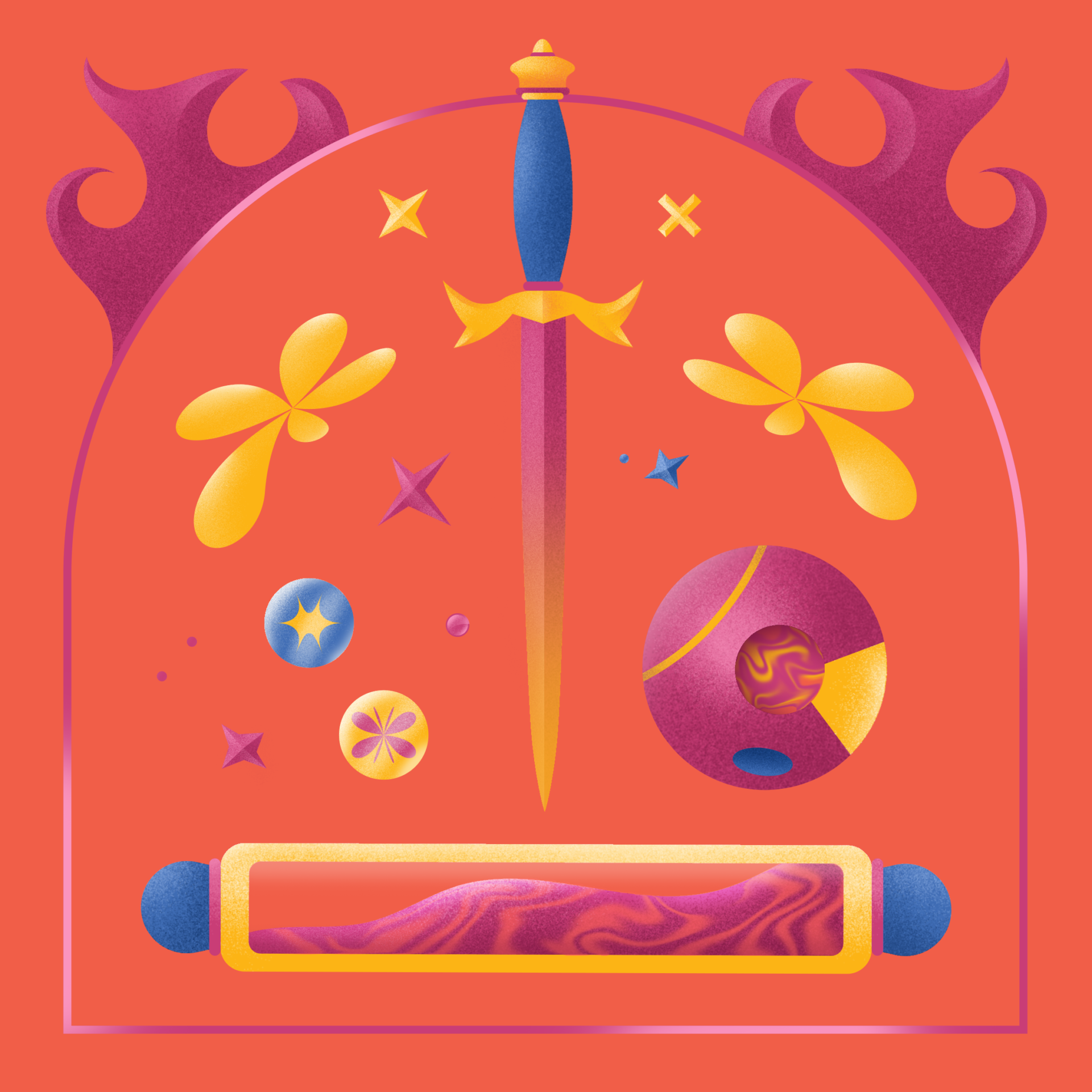
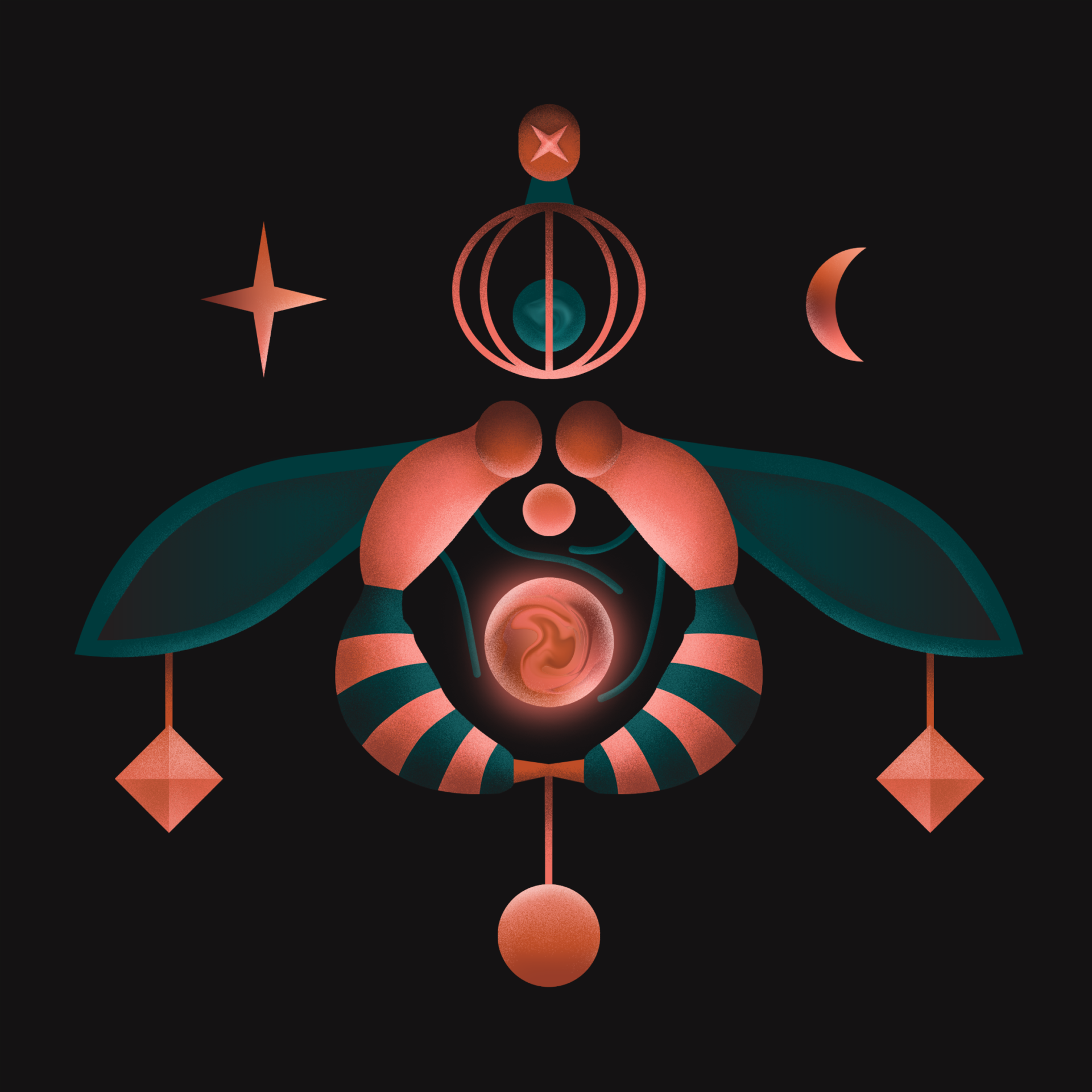
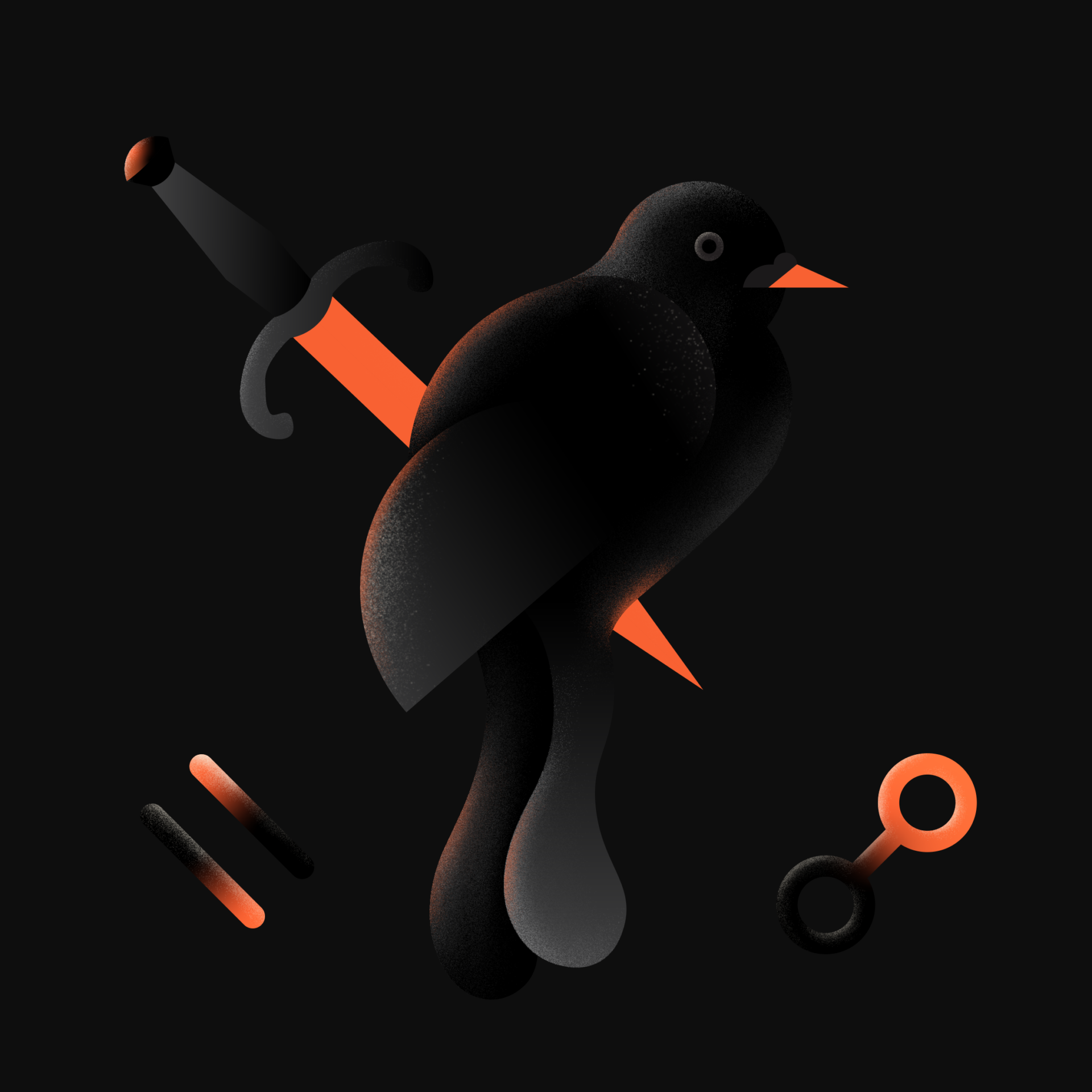
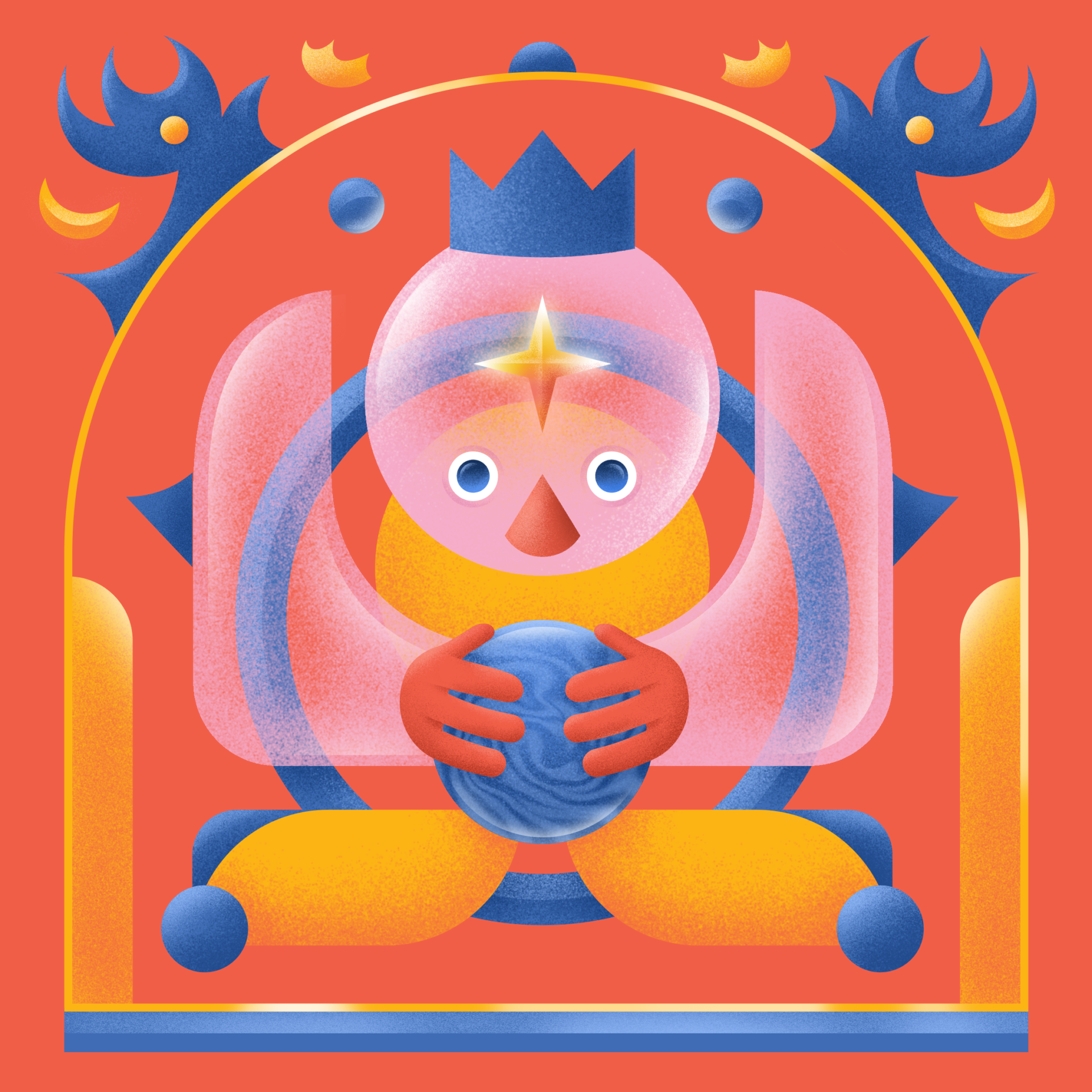
Most of my work is digital since that is where I feel the most comfortable at the moment. I create the base of my drawings in the vector format and then add details in Photoshop with brushes I’ve created myself. I usually organize everything into layers and experiment a lot while working in Photoshop, which is one of my favorite aspects of the work.
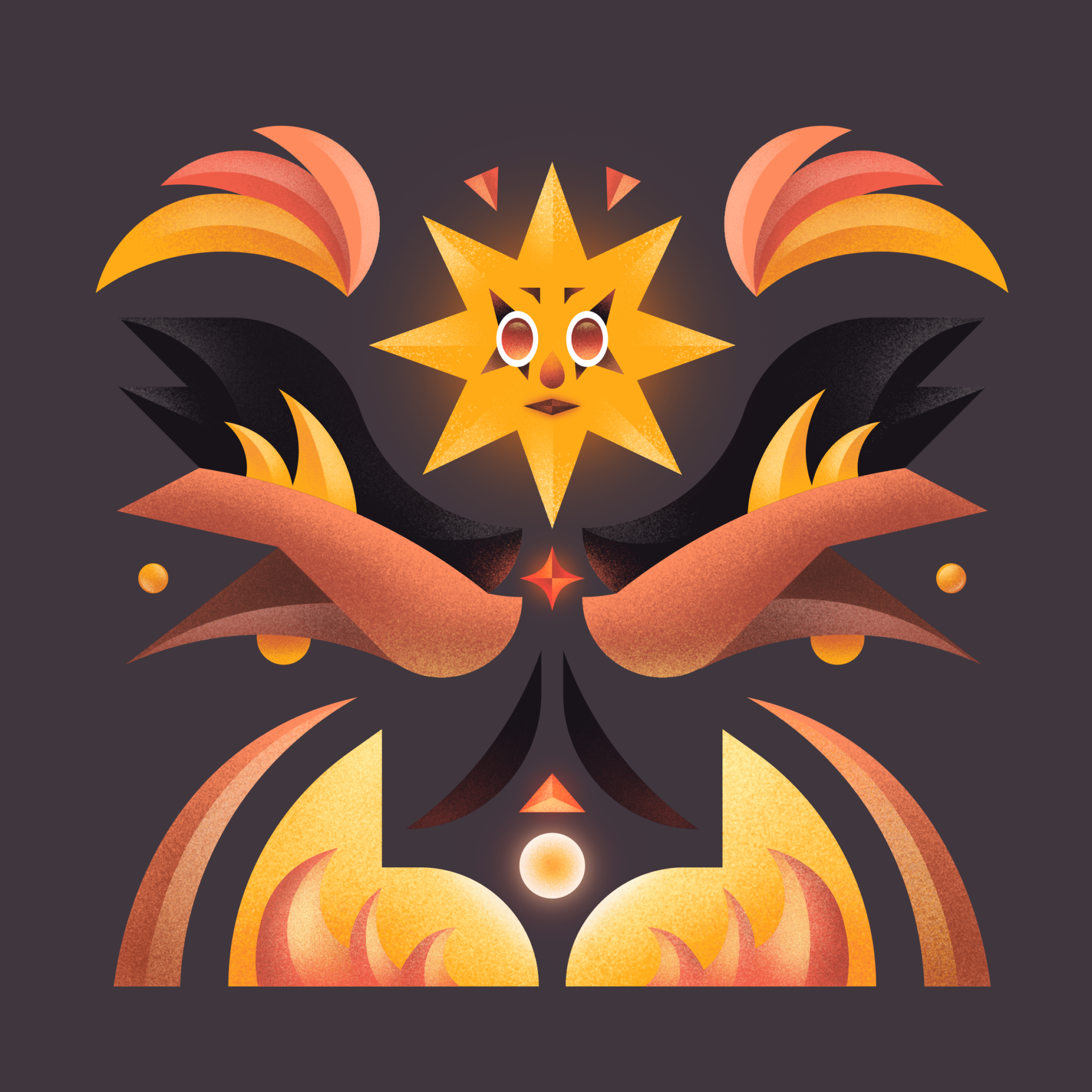
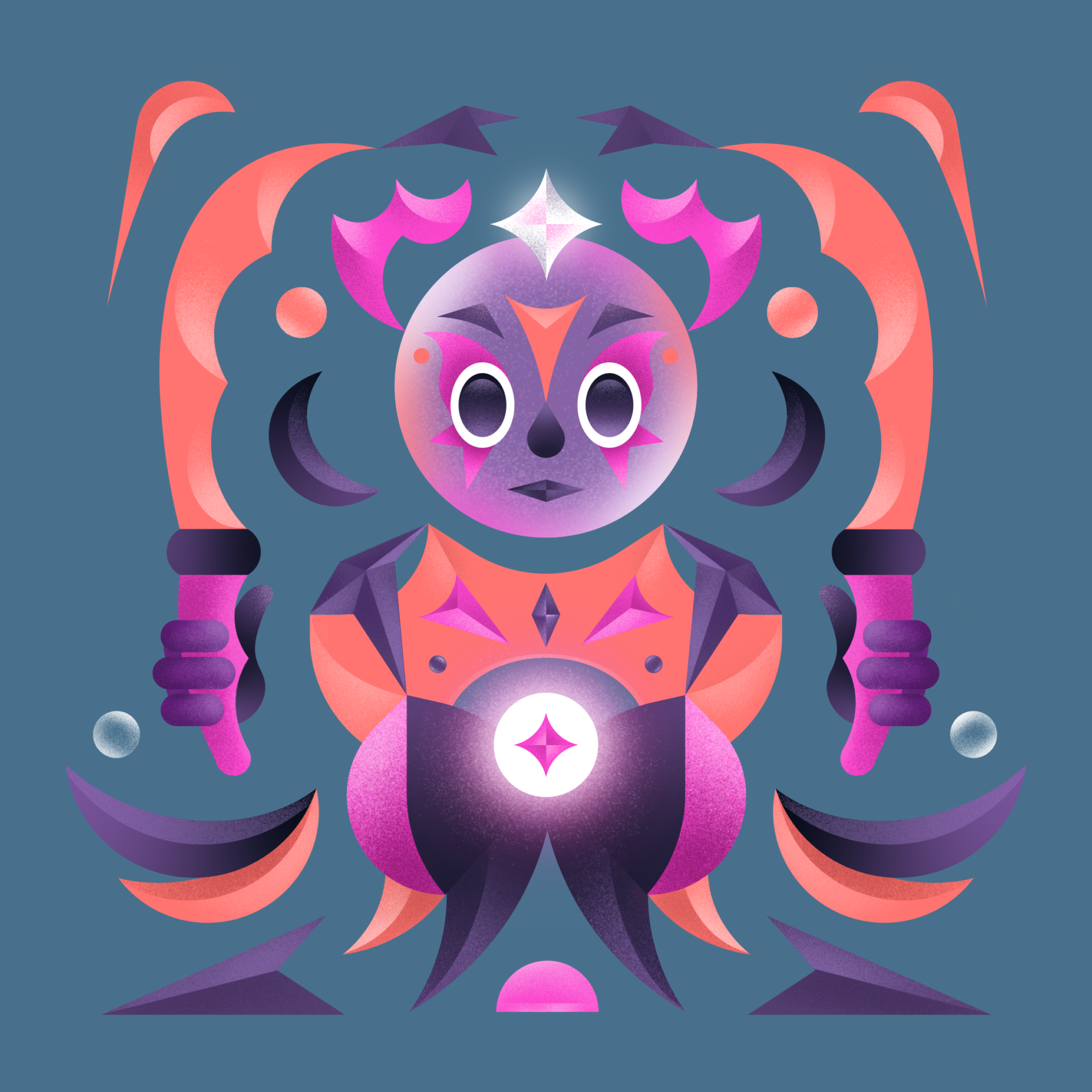
When it comes to topics of my illustrations, I am often inspired by mythological beings and tales. A part of my work often relates to personal experiences and events around the world as well. I feel like we are quite connected with and enchanted by technology and that it changes every bit of us. So, my great source of inspiration is also technology itself and our relationship with it, which, to me, seems somewhat magically twisted.
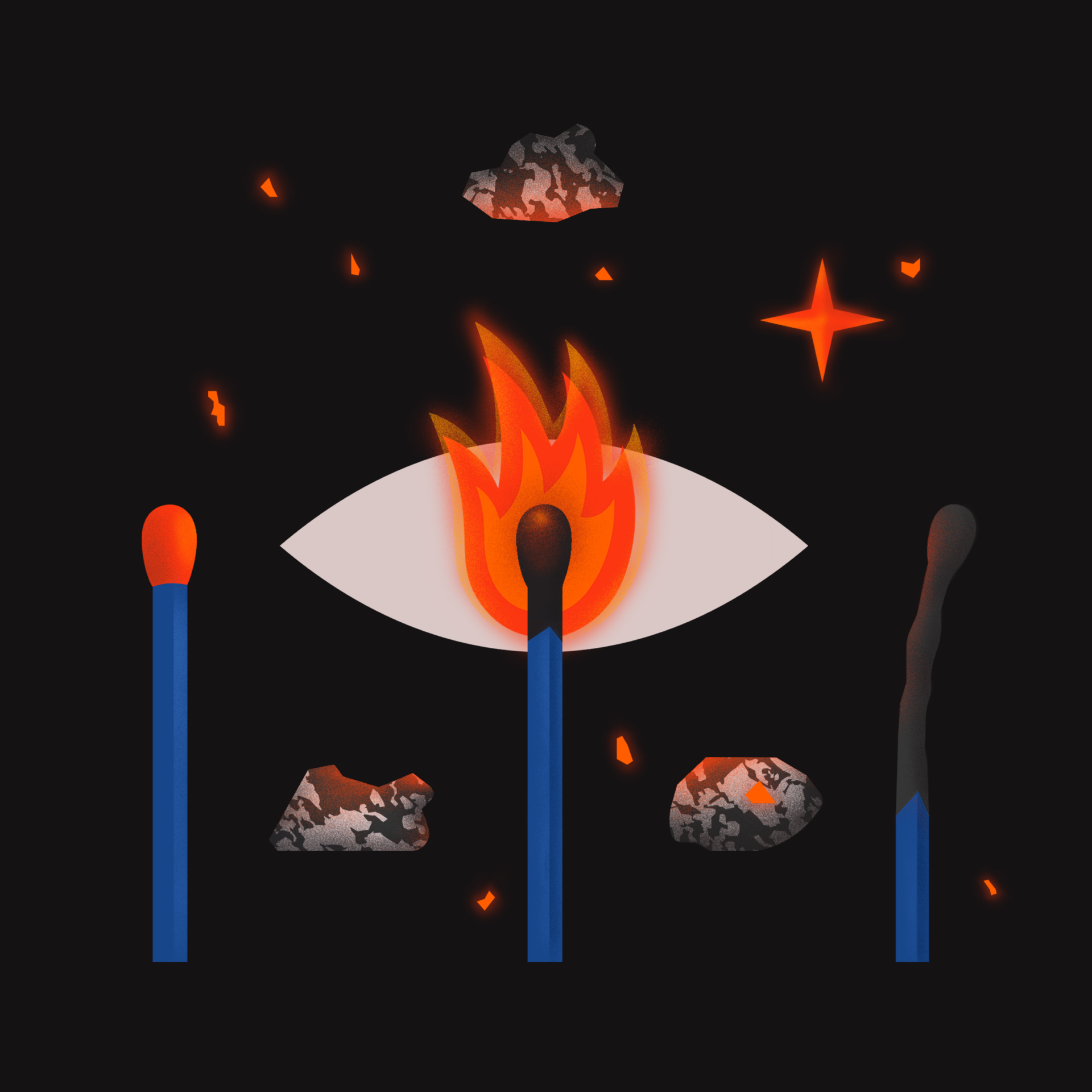


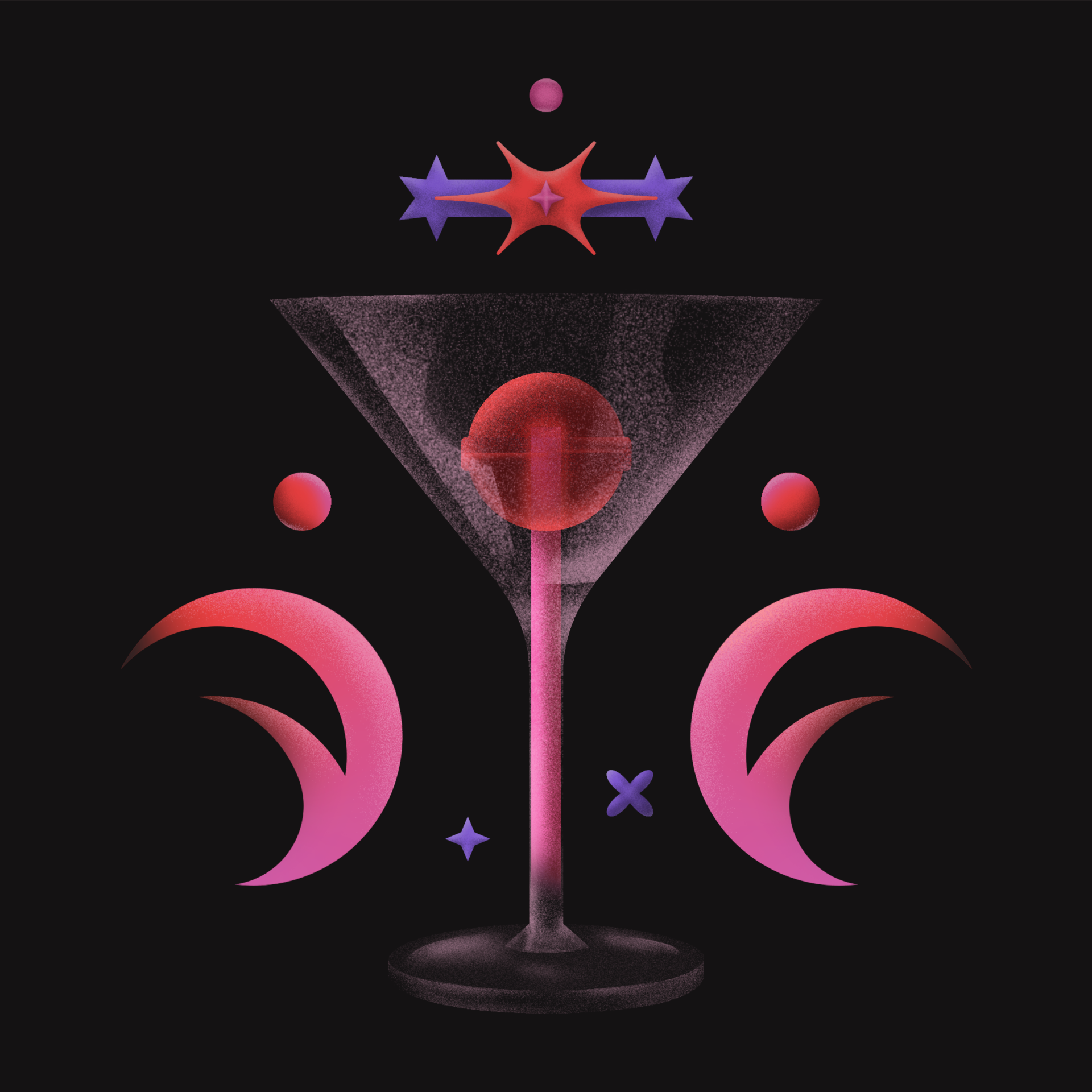
Author’s description of the illustrations created for the NEO-MEDIEVALISM theme: Bauk and Kallikantzaros.

.
BAUK / Bauk is a mythological creature from Balkan. It is told that it is usually hiding in the dark, waiting for its victims. This creature is easy to scare off, you only need a little bit of light and noise. It has a clumsy walk (bauljanje), and its onomatopoeia is “b
.
KALLIKANTZAROS or KARAKONDŽULA / Karakondžula is the mythological demon known to be very dangerous, with its long and sharp claws. It usually lurks in higher places like door frames or trees, waiting for its victims. When it spots the victim, Karakondžula jumps on their back and demands to be carried wherever it wants. Karakondžula is also known to punish and torment people who commit adultery, by lashing them with a stick or scratching them with its nails, forcing them to run through nearby forests all night.

BIO / Pavle Ćirić is a graphic designer, currently working in a graphic design studio in Belgrade, Serbia.
SOCIAL MEDIA AND PORTFOLIOS
Instagram / https://www.instagram.com/pajac_/
Behance / https://www.behance.net/p4vle
Dribble / https://dribbble.com/pajac_
